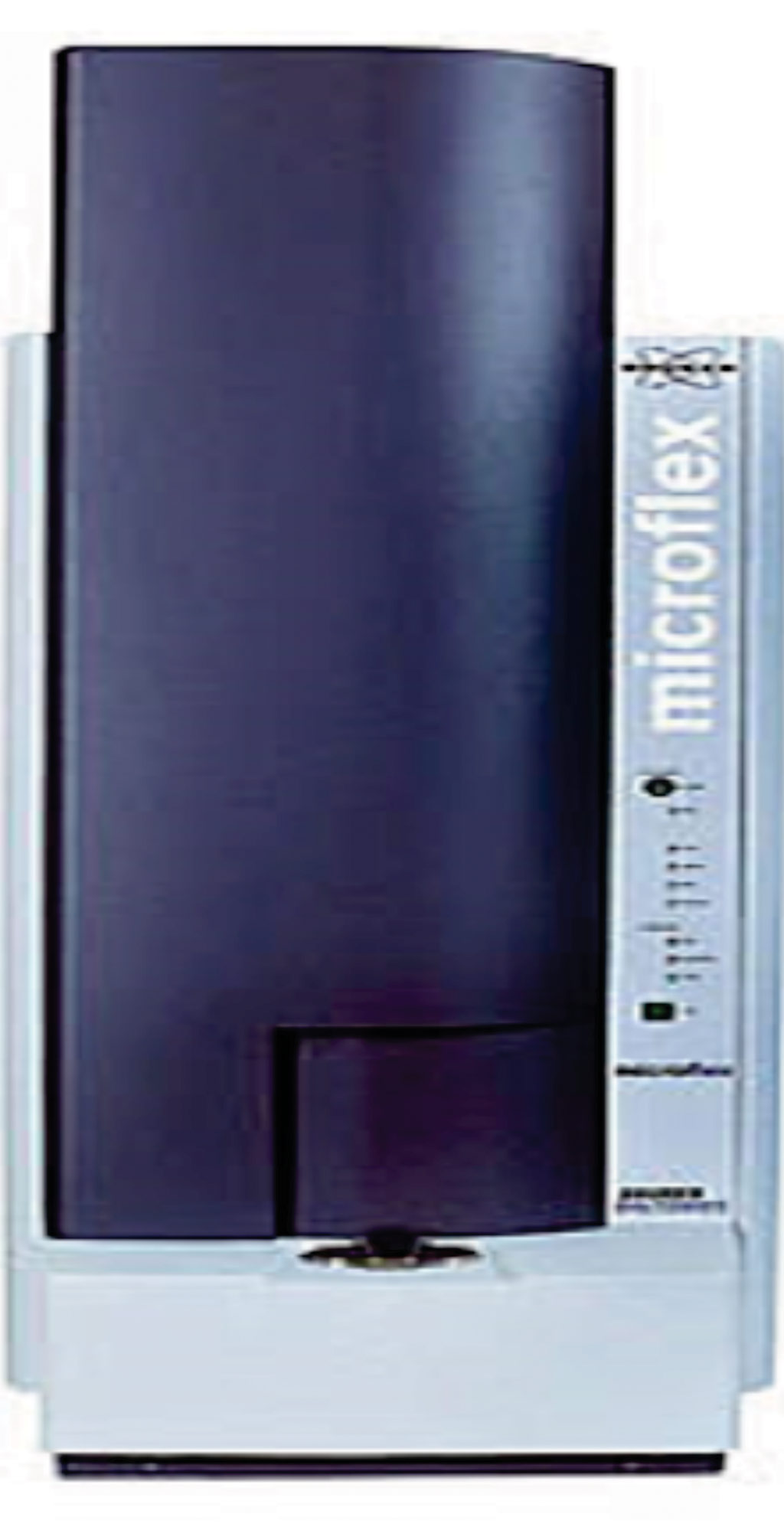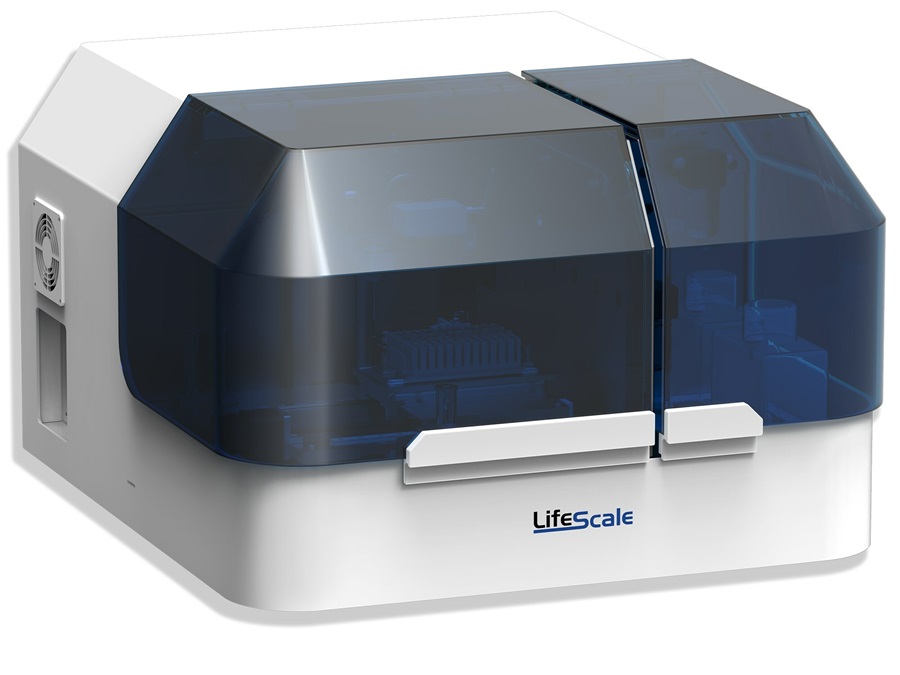Emerging Nosocomial Pathogen Isolated from Prosthetic Joint Infections
By LabMedica International staff writers
Posted on 10 Jan 2017
Further knowledge about the clinical and microbiological characteristics of prosthetic joint infections (PJIs) caused by different coagulase-negative staphylococci (CoNS) may facilitate interpretation of microbiological findings and improve treatment algorithms.Posted on 10 Jan 2017
The implementations of new methods, such as matrix-assisted laser desorption/ionization time-of-flight mass spectrometry (MALDI-TOF MS) or real-time broad-range polymerase chain reaction (PCR), has simplified the identification of CoNS to the species level.

Image: The benchtop Microflex LT matrix-assisted laser desorption/ionization, time-of-flight mass spectrometer (MALDI-TOF MS) (Photo courtesy of Bruker Daltonik).
A team of Swedish scientists working with those at the Linköping University (Sweden) performed retrospective cohort study included three centres and 21 patients with significant growth of Staphylococcus capitis during revision surgery for PJI between 2005 and 2014. Clinical data were extracted and further microbiological characterisation of the S. capitis isolates was performed.
CoNS isolated in equal to or greater than two perioperative tissue samples obtained from revision surgery for hip or knee arthroplasties due to PJI were included for further analysis. If there were not at least two CoNS isolates with similar colony morphology and antimicrobial resistance pattern, the patient was excluded. MALDI-TOF MS was performed for species identification using a Microflex LT (Bruker Daltonik GmbH, Bremen, Germany).
To discriminate between the subspecies of S. capitis, urease activity and maltose fermentation tests were performed, using both tube test and API-ID32 STAPH (bioMérieux, Marcy l’Etoile, France). Standard antibiotic susceptibility testing by the disc diffusion test was also performed. The bioMérieux DiversiLab semi-automatic repetitive sequence-based PCR microbial genotyping system was used to detect the genomic fingerprints of each S. capitis isolate.
Ten patients experienced monomicrobial infections and among patients available for evaluation, 86% of chronic infections and 70% of early post-interventional infections achieved clinical cure; 90 % of monomicrobial infections remained infection-free. Multidrug-resistant S. capitis was detected in 28.6 % of isolates, methicillin resistance in 38.1 % and fluoroquinolone resistance in 14.3 %, but no isolates were rifampin-resistant. Heterogeneous glycopeptide-intermediate resistance was detected in 38.1 % and biofilm-forming ability was common.
The authors concluded that Staphylococcus capitis has the potential to cause PJIs, with infection most likely being contracted during surgery or in the early postoperative period. As S. capitis might be an emerging nosocomial pathogen, surveillance of the prevalence of PJIs caused by S. capitis could be recommended. The study was published in the January 2017 issue of the European Journal of Clinical Microbiology & Infectious Diseases.
Related Links:
Linköping University
Bruker Daltonik
bioMérieux












.jpg)
